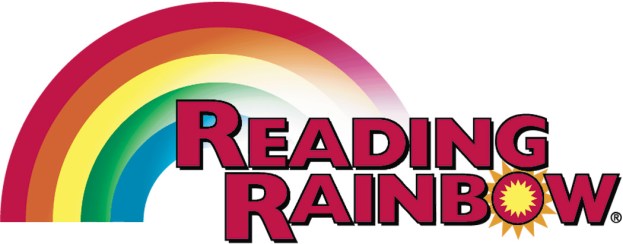 Butterfly in the sky, I can go twice as high. Take a look, it’s in a book it’s—ah screw books, print’s dying. But you don’t have to take my word for it, LeVar Burton has lost faith in print too. You may know Burton from such hit programs as: Roots, Star Trek: The Next Generation and of course as host of Reading Rainbow—a nostalgic favorite among many children from the 80s.
Butterfly in the sky, I can go twice as high. Take a look, it’s in a book it’s—ah screw books, print’s dying. But you don’t have to take my word for it, LeVar Burton has lost faith in print too. You may know Burton from such hit programs as: Roots, Star Trek: The Next Generation and of course as host of Reading Rainbow—a nostalgic favorite among many children from the 80s.
Burton has decided to do a reboot of the Reading Rainbow educational program which will be called RRKidz. The new educational program will be available as an app for the iPad and certain devices that have Android.
“For 25 years Reading Rainbow gave me the opportunity to excite children about books and reading through the medium of television,” said Burton in a statement. “With RRKidz, I will be 
There you have it. LeVar Burton championing the e-book. RRKidz will initially offer a digital library of 300 books. These books will be rich with interactive multimedia. Stories will get voice-overs, games and even a little animation. There will also be video of Burton live in exciting locations like the NASA station during the Atlantis space shuttle launch.
The RRKidz program will be subscription based. Users will have to renew each month. Burton says the technology being used for RRKidz will allow the work needed for individual books to be completed in a few hours, and they aim to grow the 300 book library each month after the launch.
Reading Rainbow has won twenty-six Emmy Awards and was aired by PBS beginning from June 1983 to November 2006.The Reading Rainbow brand may be a little dusty, but Burton says he’s on a mission to “get kids hooked on books”. The RRKidz educational project has raised a round of founding from Raymonds Capital, LLC and the Ewing Marion Kauffman Foundation.
Via FastCompany


